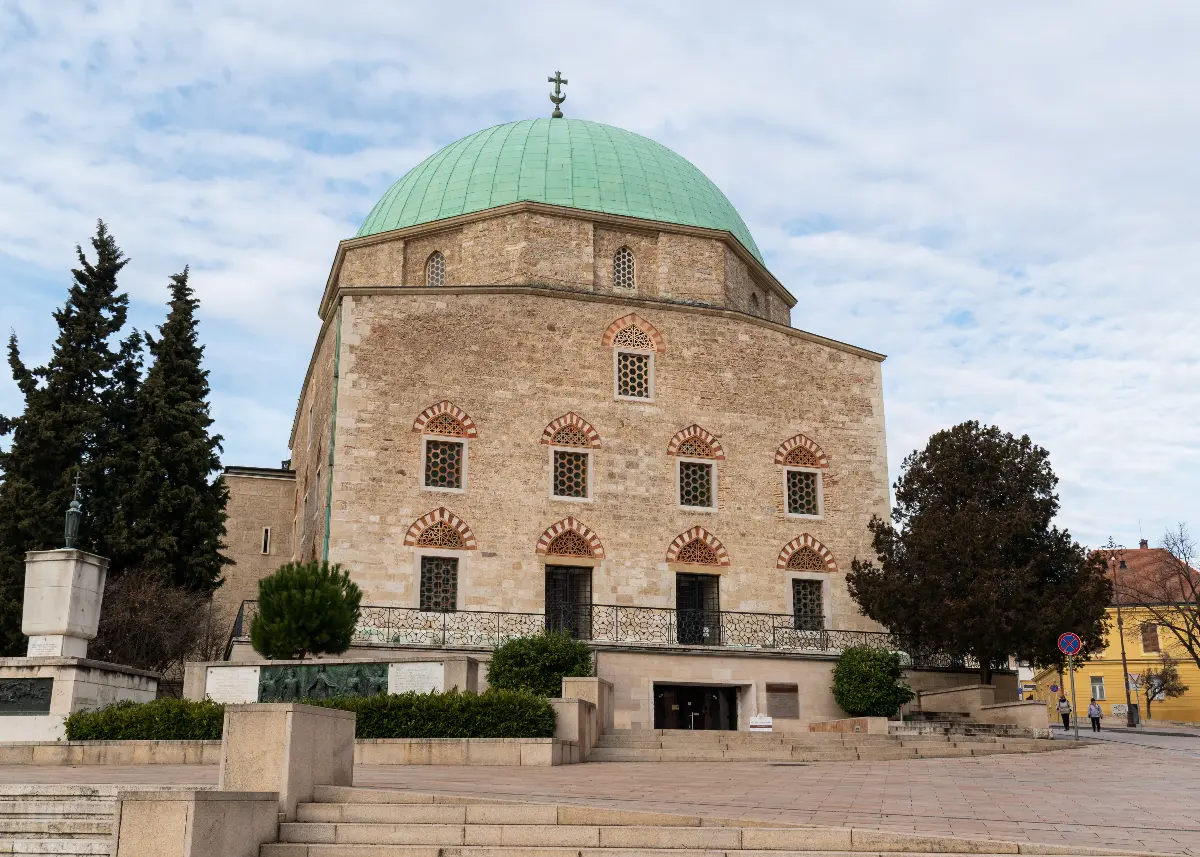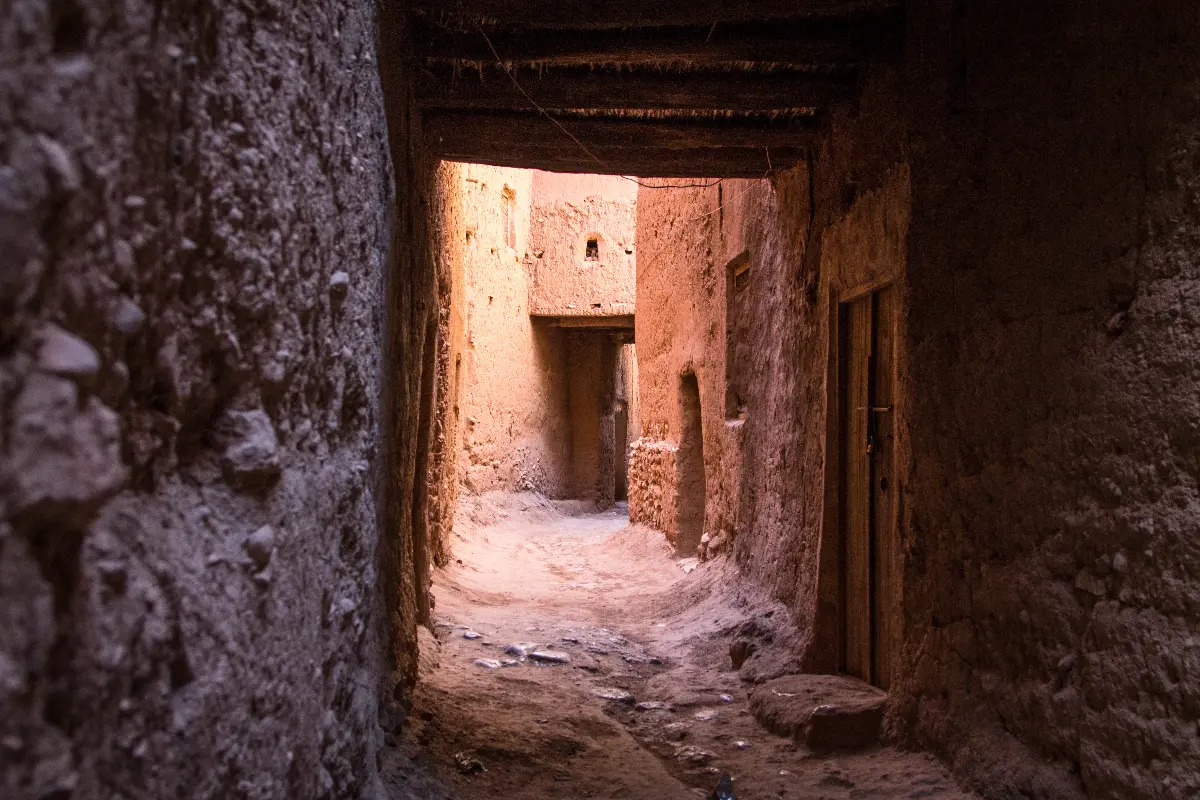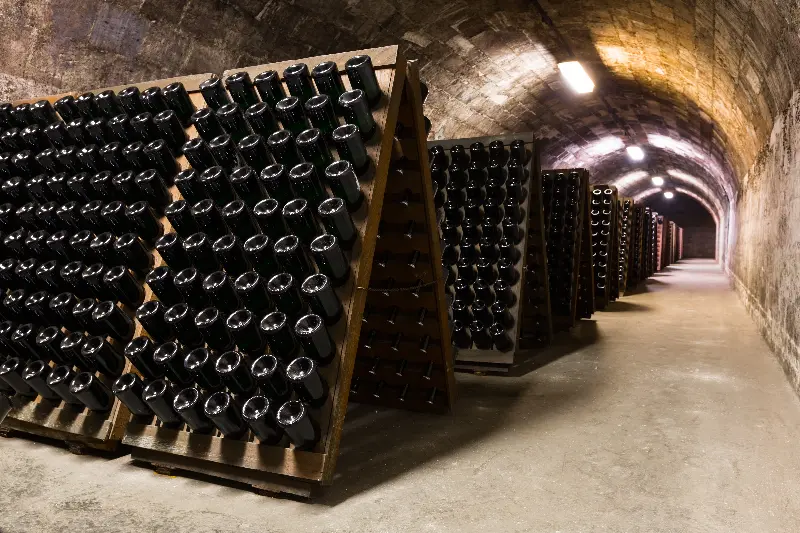
Helyszín címkék:
4 secret underground tunnels in Pécs, with a fascinating story!
Szabó Sára
The legendary "bar" where the bishop held secret talks
Only a few years ago, the 18th-century tunnel that became a legend under the party-state was opened to the public. It was an open secret that church buildings were bugged with listening devices and were under constant surveillance. The corridor connecting the gardens of the bishop's palace and the winery was more than just a passageway: it was the only place that was not bugged. At least, that is what József Cserház, the bishop who led the diocese from the early sixties until the change of regime, believed. So, if he wanted to have a private conversation, he invited his confidants to the "Texas bar", referring to the underground passage. The tunnel thus became not only a refuge from the watchful ears of the state administration but also a symbol of communist persecution of the church over the years. The Texas bar is surrounded by a myth, it is also part of the diocese's own legendary story, which is why the Pécs Bishopric decided a few years ago to open the underground cellar system to the public.

The cellar system, the living area of the cannons in the Middle Ages
If you want to go back even further in time, you don't need to fiddle with your time machine, just walk on a few streets. There are many secret labyrinths beneath Pécs. For example, under Káptalan Street, a cellar system dating back to the time of the cannons from the Middle Ages can be visited by the curious. Thanks to the Janus Pannonius Museum, you can take an exciting underground walk with overhead lights, starting from the “Kőkert” (Stone Garden) on Káptalan Street. During the tour, which lasts almost an hour, you can get to know the canon's buildings from the Middle Ages, the history and memories of the people who lived in them, and the cellar system that belongs to the dwellings. During the tour, historian Gábor Tillai will tell us a lot of stories, including how the underground tunnels were used to store grain, pumpkins, and wine, as the prebend was paid not in money, but mainly in food.
Giant champagne factory hidden underground
Imagine a five-storey, structure from the middle ages, extending two kilometres, and all in immaculate condition. All this is underground, and not just anywhere, but in the heart of Pécs, right under the historic city centre. With over 150 years of history, the Littke Champagne House is a unique building not only in our country but also in the world. But it's not just the building that's unique: the work that goes on within its walls is also of outstanding importance. The pioneer of Hungarian champagne culture, Lőrinc Littke, laid the foundations of traditional champagne production here in 1859, to which the brand is known today as Littke Palace pays homage. A guided tour of the cellar labyrinth of the still-operating champagne factory is well worth a visit. During the guided tour you can learn about the traditional champagne making processes, and during the factory visit, you can also take part in a champagne tasting.

Crypt and altar church "excavated" from under the Turkish church
One of the symbols of Pécs is one of the country's most important Turkish-era buildings, the “Gyertyaszentelő Boldogasszony plébániatemplom” (Church of the Assumption of the Blessed Virgin Mary), better known as “Gázi Kászim pasa dzsámija” (the mosque of Gazi Qasim Pasha). Facing Mecca, the pointed-arched, beehive-patterned temple is a meeting point between East and West, a melting pot of sacred spaces of different religions. The more than 450-year-old building is of national importance in its own right, but a few years ago the lower temple of the mosque was opened to the public. The burial room contains the tombs of several well-known Pécs families. The visitor centre was beautifully renovated a few years ago and features state-of-the-art equipment and virtual presentations to help you learn about the history of the church and explore the underground crypt.










